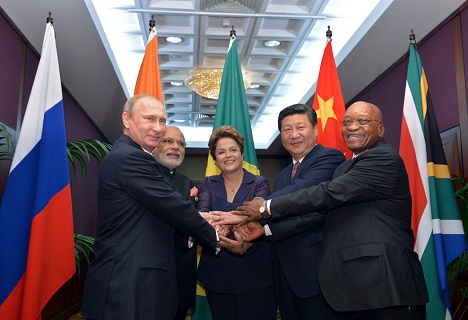July 08, 2015
Leaning on history, India and Central Asia eye further security and economic cooperation.
The Uzbek government called upon the shared historical figure Babur, a descendant of the Mongals and Timur and the eventual founder of the Mughal Empire. Babur was born in Andijan, ruling over the Fergana (and then losing it and seeking his fortunes elsewhere) long before there was an Uzbekistan:
Much of the history, literature, music, art and architecture of the Uzbek and Indian people, their mutual enrichment is associated with the name of our great ancestor Zahiriddin Muhammad Babur.
In Uzbekistan, Modi met with President Islam Karimov–who has visited India five times since coming into power in 1991–as well as with Uzbek Prime Minister Shavkat Mirziyoyev, who has served in that position since 2003. Modi tweeted that his discussions with Karimov were “very productive.”














